Breaking Down the Most Common Types of Dental Implants
There are several types of dental implants. So even if you’ve been told that you’re a poor candidate for dental implant surgery, there may be an option available for you. New innovations are making implants more affordable and more accessible than ever before. If you’re curious about which type is right for you, your dentist can assess your oral health and help you choose the best option.
Endosteal Implants
Endosteal implants are the most common type used in the U.S. The name endosteal means “in the bone.” In a typical dental implant procedure, the dentist or oral surgeon will drill one or more specialized titanium posts into the patient’s jawbone. This serves as the tooth root. The implant is typically coated with hydroxyapatite (HA), a synthetic bone substitute consisting of up to 98% natural bone. This allows the jaw to accept the implant, as it believes the implant is made up of natural bone.
Once the post is fused to the jaw, the dentist places an abutment, the structure that will hold the crown in place. The crown (the artificial tooth) is placed last. An implant may hold a single tooth or multiple teeth in place depending on the type used.
Although endosteal implants are extremely popular and offer excellent lifelong durability, not everyone is a good candidate. This type of implant requires ample jawbone, without which you would need to undergo a preliminary procedure like a bone graft. For those who aren’t good candidates for endosteal implants, alternative implant options are available.
Zygomatic Implants
Zygomatic implants are less common than endosteal implants because they’re more complex and invasive. However, for patients with severely compromised bone mass in the jaw, they can sometimes be a worthwhile alternative.
These implants replace maxillary (upper) teeth. They’re implanted into the zygomatic bone, also known as the cheekbone. This bone is denser than the jawbone and provides a strong foundation for the implant. But because the cheekbone is further away, the posts have to be much longer than the posts used for traditional implants. This is why zygomatic implants are usually reserved for cases when traditional implants simply aren’t an option.
The good news is that the zygomatic bone doesn’t lose bone mass the way that the jawbone does, so it can make an excellent anchor even for candidates who have struggled for years with tooth loss and declining bone mass.
Other Dental Implant Solutions
Every patient’s dental needs are different. The good news is that there are more implant solutions than ever to accommodate those diverse needs.
Bone Augmentation
If you’re not a good candidate for traditional dental implant placement right now, the dentist may be able to restore your bone mass so that you’re better able to support dental implants. The following are just a few common types of bone augmentations that may be used:
With a bone graft, the dentist fuses bone additives to fortify the jawbone. Most types of bone grafts have more than a 90% success rate, and some types have nearly a 100% success rate.
A sinus lift is similar to a bone graft, and it serves roughly the same purpose. However, with this procedure, bone mass is placed beneath the sinus. It’s most commonly used to restore bone density for upper back teeth.
A ridge expansion is another option for some patients. In the event that your jaw isn’t wide enough to support implants, the dentist can graft material that creates extra space along the top of the jaw.
Once the bone augmentation is complete, your dentist can place a traditional implant.
Mini Dental Implants
Mini dental implants are thin, narrow posts that provide support and stability for a lower denture. Though they’re not as natural, they can be a helpful solution for denture wearers who struggle to hold their replacement teeth in place.
All-on-Four Implants
All-on-four dental implants—also known as immediate load dental implants or Teeth in a Day—are an innovative solution that allows you to replace a full set of upper or lower teeth. Four posts are placed into the jawbone, and a full set of teeth is affixed to the posts. It’s a simple, cost-effective solution that can often be done in a single day—and the procedure can often be completed without a bone graft in patients with limited bone mass.
Obsolete Dental Implant Solutions
When comparing dental implant options, you may have read about certain other types of implants not mentioned on this list. Certain other implant solutions, while once popular, are no longer considered standard of care because of high complication and failure rates. They include the following.
Subperiosteal Implants
Subperiosteal means “on the bone.” This type of implant involves the placement of metal frames onto the jawbone, just beneath the gum line. The frame can hold one or more posts in place. Each post holds an individual crown.
This type of implant was at one point recommended for patients who had lost most of their posterior teeth or who had insufficient bone density to support endosteal implants. These implants were custom designed based on CT scans of the patient’s bone and were typically made from metals like chrome, cobalt, or surgical Vitallium.
The actual procedure was very similar to the endosteal implant process. However, instead of drilling screws into the jawbone as a preliminary step, the dentist would attach the frame to the jawbone.
Transosteal Implants
This was an especially complex procedure that involved placing a metal plate at the bottom of the jawbone with one or more screws extending up through the bone. A post was embedded at the top of the screw, within the gum tissue. The crown was then mounted at the top of the screw.
Transosteal implants were once recommended for certain patients who lacked bone mass in the lower jaw, but today, safer and less invasive options are available. Your dentist can help you find the right procedure to give you the smile you’ve been dreaming about.
Find Your Ideal Implant Dentistry Solution
If you’re not sure which type of dental implant is right for you, don’t worry. Your dentist can work with you to figure out the best solution based on your goals, number of missing teeth, underlying bone health, budget, and other factors.
At Salin Dentistry in Bakersfield, we offer some of the most innovative dental implant procedures available—all guided by compassionate, expert hands. Whether you need a single tooth implant or a full set of teeth, we’re here to help. Find an implant professional in your area, or contact Salin Dentistry to learn more about our 5-star rated services in Bakersfield.

